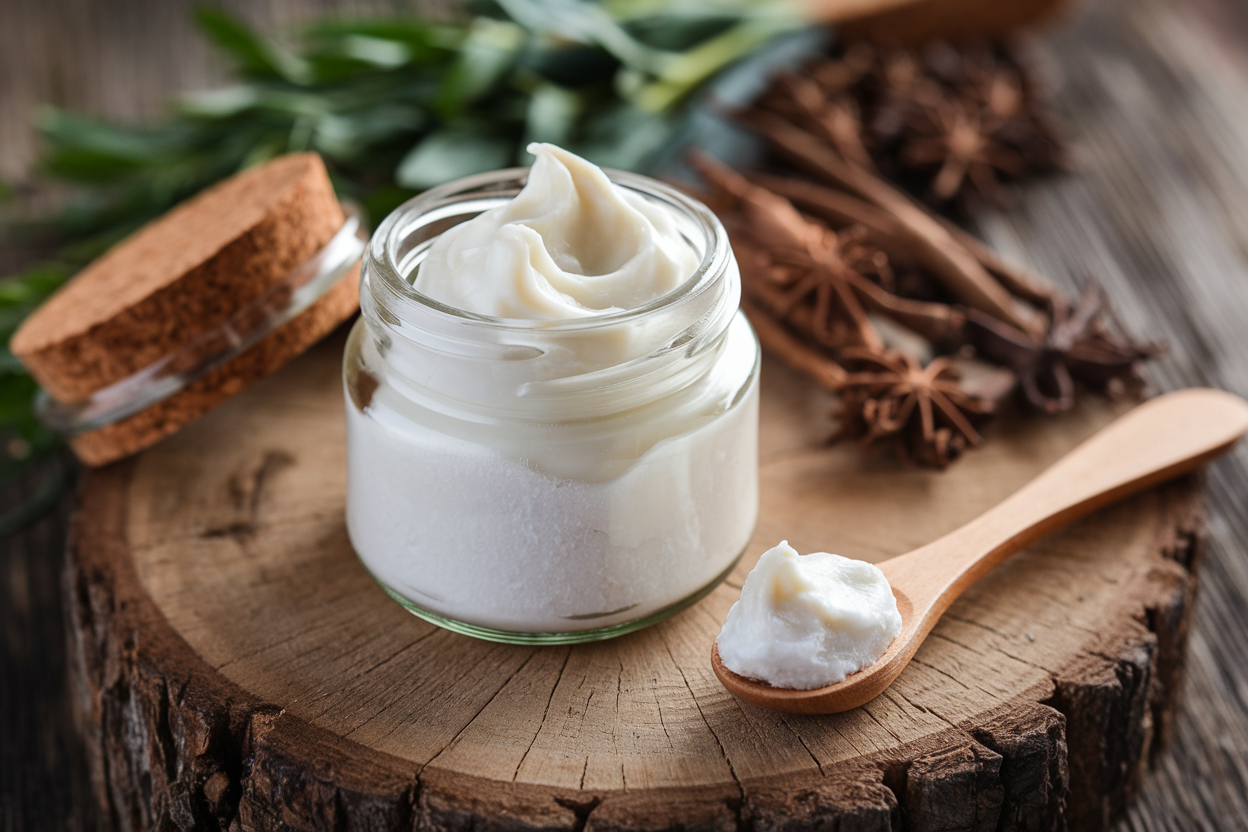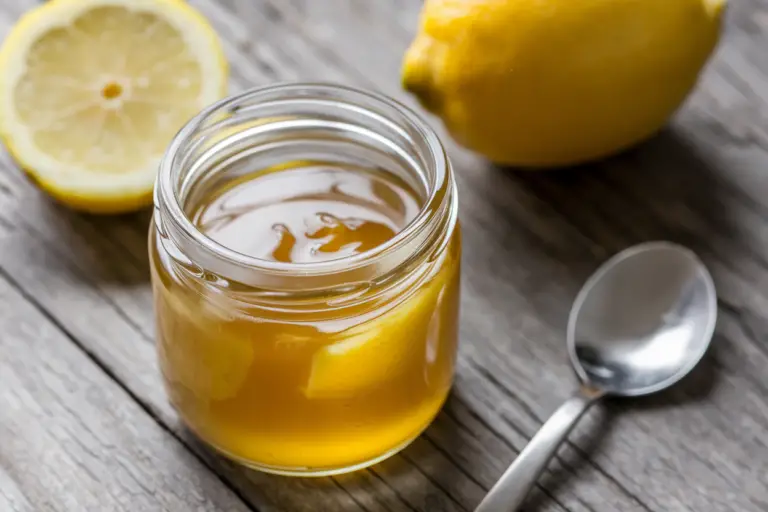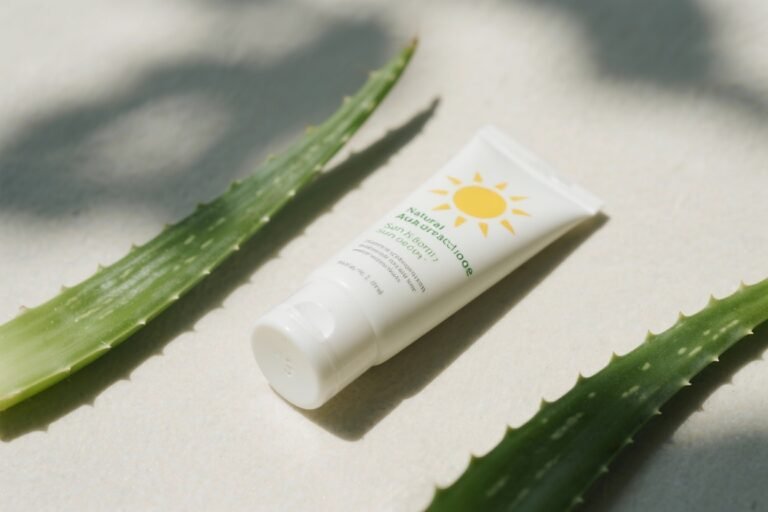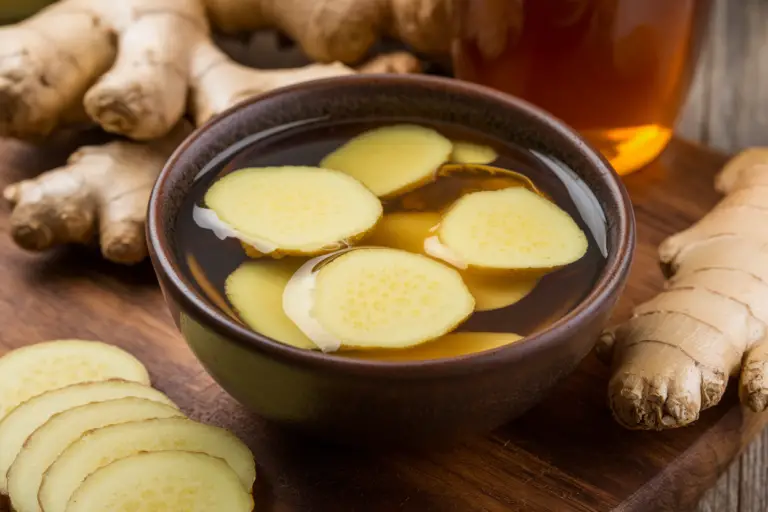Baking Soda & Coconut Oil Toothpaste: DIY & Super Healthy
Store-bought toothpaste is a scam. It’s packed with weird chemicals, costs way too much, and comes in flavors that taste like minty regret. What if you could make a better version at home for pennies?
Enter baking soda and coconut oil toothpaste—simple, effective, and free of corporate nonsense.
This isn’t some crunchy-granola trend. People have been cleaning their teeth with baking soda for centuries. Coconut oil?
📖 Get Access to 50+ Printable Smoothie Recipes Instantly! 🖨️
Boost your health with delicious smoothies! These easy-to-follow printable recipe eBooks are perfect for detoxing, fitness goals, and tasty plant-based living. Available for instant download on Etsy! 🌿✨
It’s antibacterial and fights plaque like a tiny, tropical superhero. Combine them, and you’ve got a powerhouse paste that’s cheaper, healthier, and just plain smarter than the tube of blue goo you’re using now.
Still brushing with mystery foam? Let’s fix that.
Why This Recipe Works
Most commercial toothpastes are 90% marketing and 10% actual cleaning agents.
This recipe cuts the nonsense and delivers results. Baking soda scrubs away stains and neutralizes acids that cause cavities. Coconut oil fights bacteria (thanks to lauric acid) and keeps your gums healthy. No fluoride? No problem—unless you enjoy swallowing neurotoxins for “stronger teeth.”
Bonus: This mix is pH-balanced, so it won’t wreck your enamel like some overly abrasive pastes.
And yeah, it whitens teeth without those sketchy bleaching strips that make your gums feel like they’re on fire.
Ingredients You’ll Need
- 2 tbsp baking soda (the hero of this story)
- 2 tbsp coconut oil (extra-virgin, unless you enjoy the taste of processed sadness)
- 10–15 drops peppermint essential oil (for flavor, because no one wants breath that could kill a houseplant)
- Optional: 1 tsp xylitol (if you want extra cavity-fighting power)
How to Make It (Step-by-Step)
- Melt the coconut oil gently—microwave in 10-second bursts or use a double boiler. Don’t turn it into liquid lava.
- Mix in the baking soda until it’s smooth. Clumps are the enemy.
Attack them.
- Add peppermint oil (and xylitol if using). Stir like you mean it.
- Let it cool slightly, then pour into a small jar or silicone mold. Pro tip: An old spice jar works perfectly.
- Let it solidify at room temp or in the fridge.
Impatience leads to toothpaste soup.
How to Store This Masterpiece
Keep it in a closed container at room temperature. Coconut oil melts at 76°F (24°C), so if your bathroom feels like a sauna, stash it in the fridge. FYI, this lasts 2–3 months—longer if you don’t double-dip your toothbrush (gross).
Benefits That’ll Make You Ditch the Tube
- Cheaper: Costs less than a fancy coffee.
- No toxins: Say goodbye to sodium lauryl sulfate and artificial sweeteners.
- Whiter teeth: Baking soda scrubs stains without harsh chemicals.
- Better breath: Coconut oil kills the bacteria that cause morning dragon breath.
- Healthier gums: Less irritation, more smiling.
Common Mistakes (Don’t Be That Person)
- Using refined coconut oil: It’s like choosing fast food over a home-cooked meal.
Go unrefined.
- Adding too much peppermint oil: Your mouth isn’t a candy cane factory. 10–15 drops max.
- Skipping the stir: Lazy mixing = gritty toothpaste. Nobody wants that.
- Storing it uncovered: Dust + toothpaste = no. Just no.
Alternatives for Picky People
Not into coconut oil?
Swap it for olive oil (milder taste) or activated charcoal (for next-level whitening). Hate baking soda? Try calcium carbonate powder—but IMO, you’re missing out.
FAQs (Because You’re Skeptical)
Does this toothpaste actually work?
Yes.
Baking soda is a proven cleaner, and coconut oil’s antibacterial properties are well-documented. Your dentist might miss you.
Will it taste weird?
Not if you add peppermint oil. Without it, yeah—it’ll taste like you’re brushing with a kitchen cabinet.
Can kids use this?
Absolutely.
Just skip the peppermint oil for toddlers (too intense) or use a kid-safe flavor like orange.
How often should I use it?
Twice a day, like regular toothpaste. Overuse of baking soda can wear enamel, so don’t go scrubbing like you’re sanding a table.
Is this safe for sensitive teeth?
Mostly, yes. But if baking soda feels too abrasive, mix in more coconut oil or try calcium carbonate instead.
Final Thoughts
You’ve been lied to about toothpaste.
The “fancy” stuff is just marketing fluff wrapped in plastic. This recipe takes 5 minutes, costs pennies, and works better than 90% of what’s on store shelves.
Try it. Your teeth (and wallet) will thank you.
And if you don’t like it? Fine, go back to your neon-blue gel. But at least now you know the truth.







